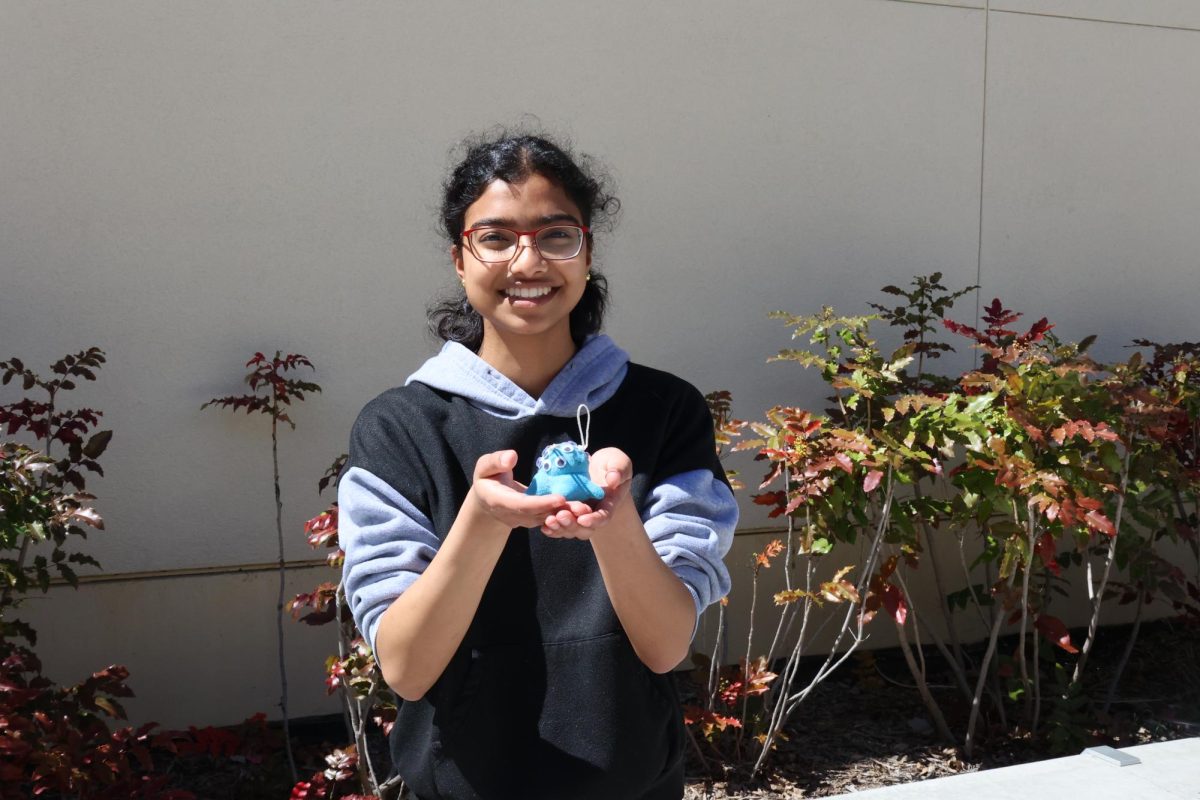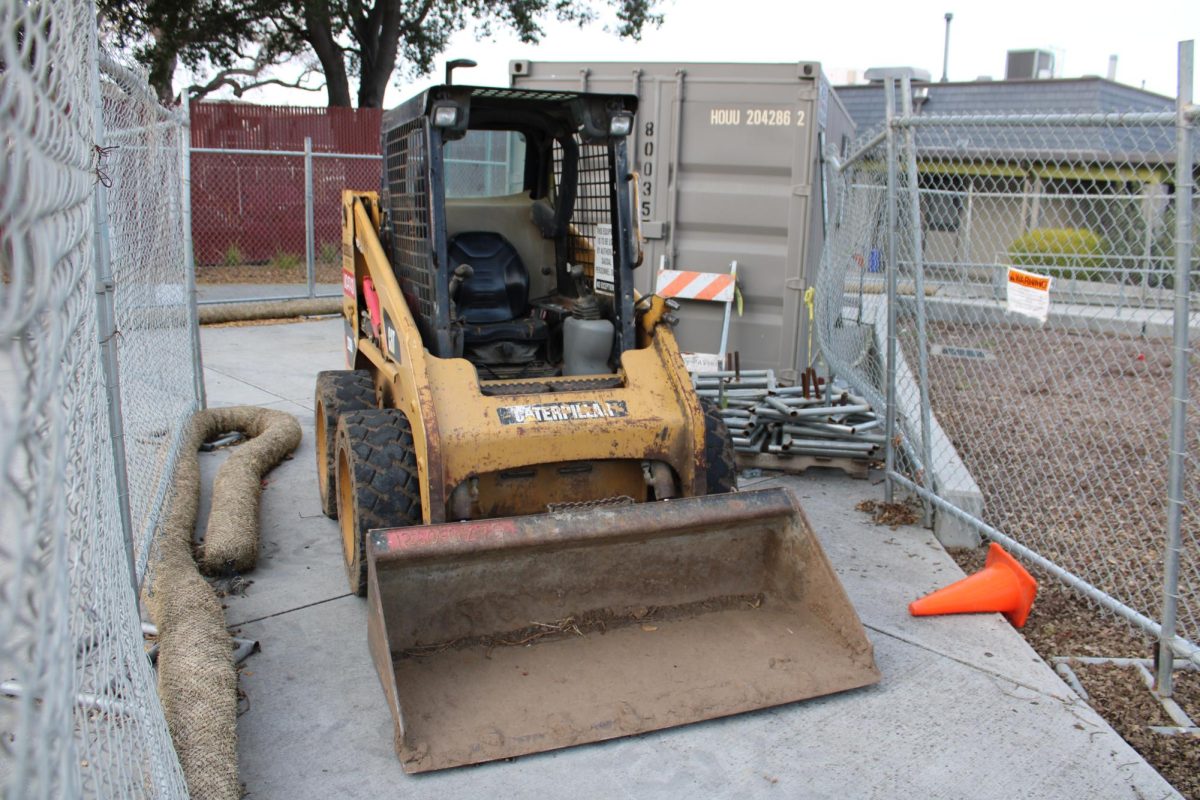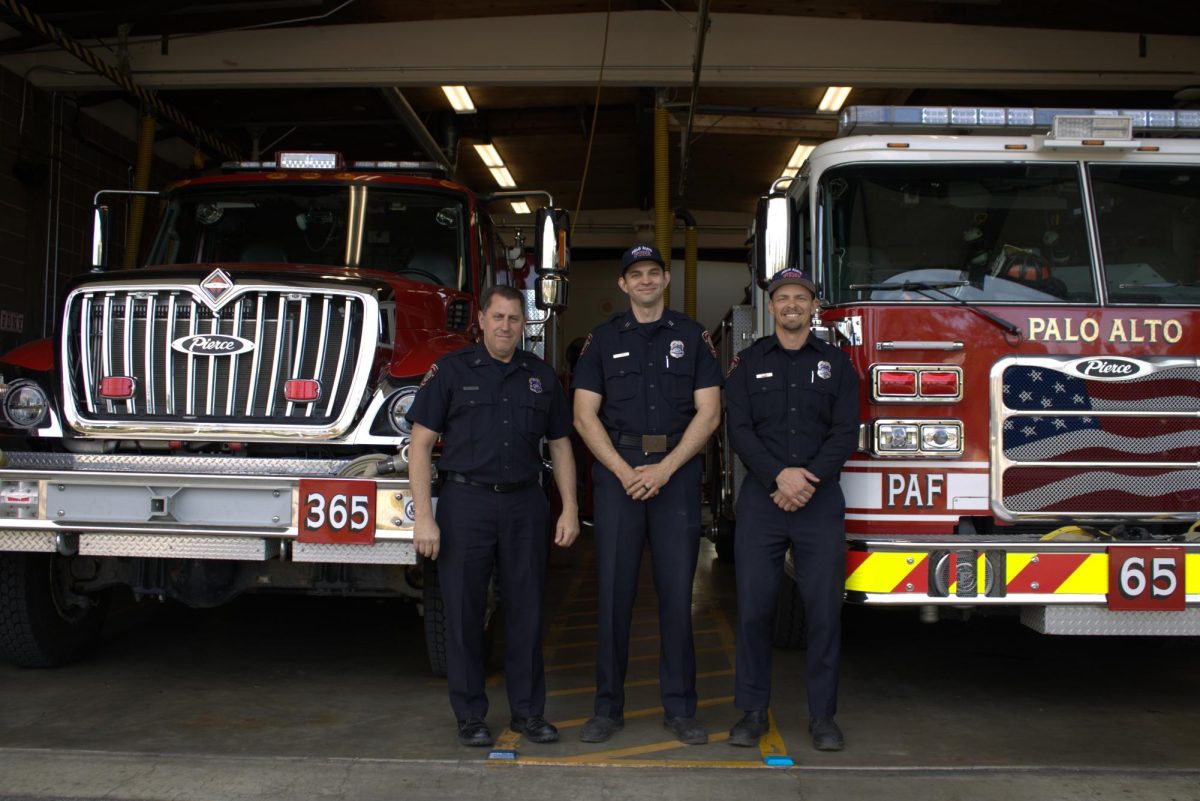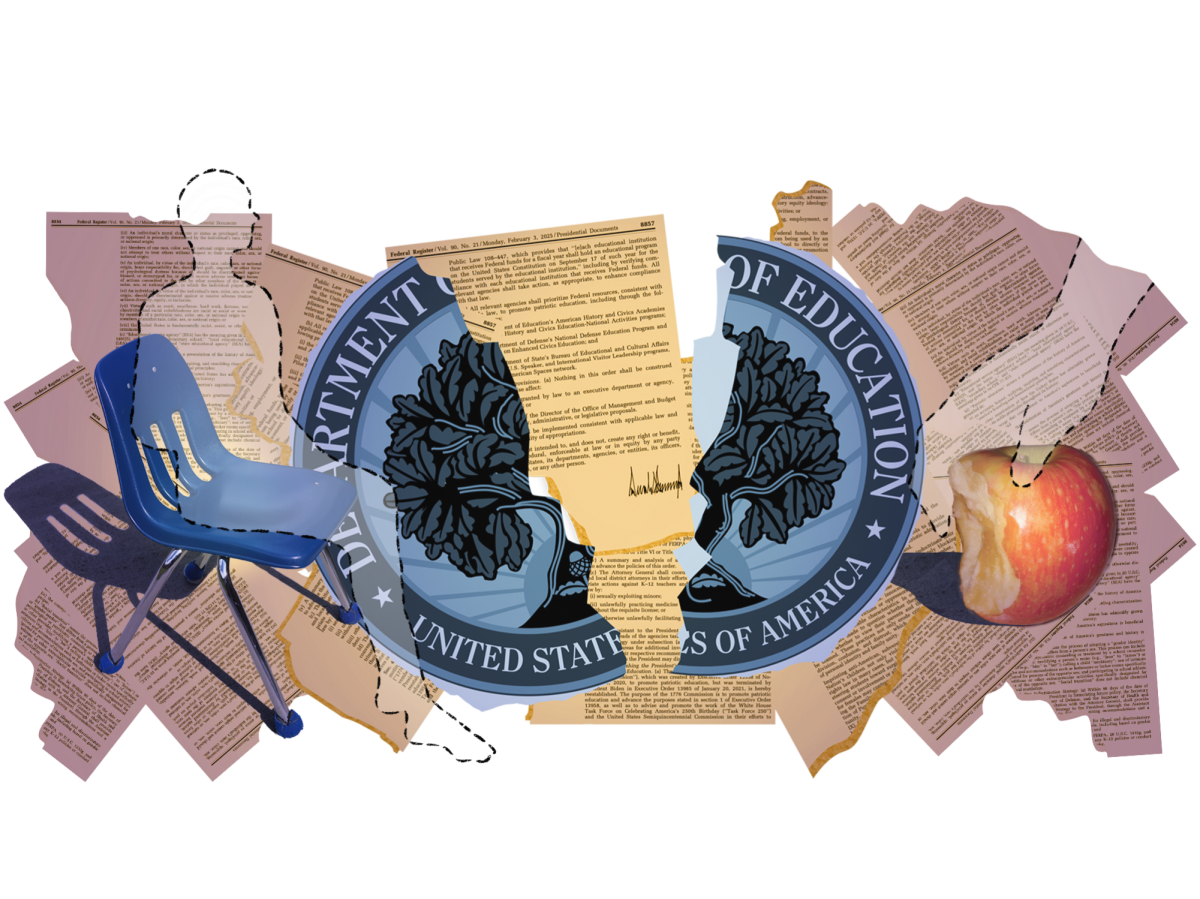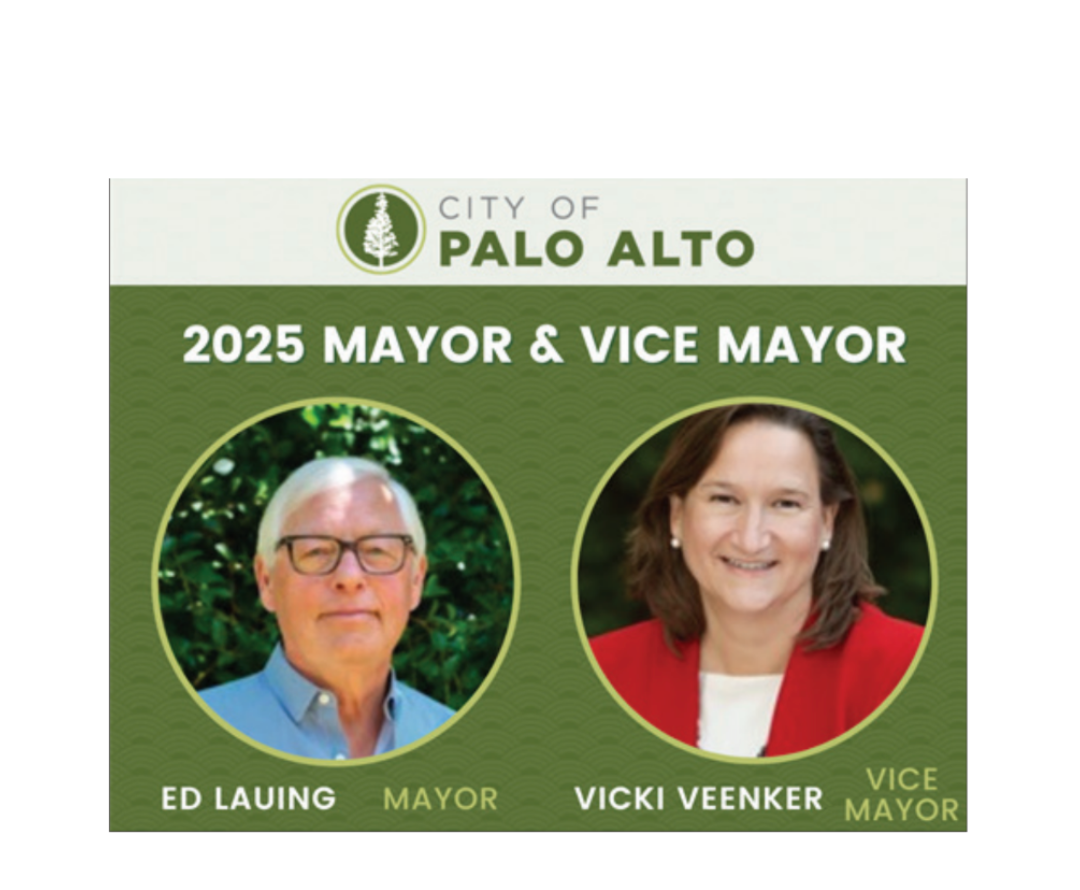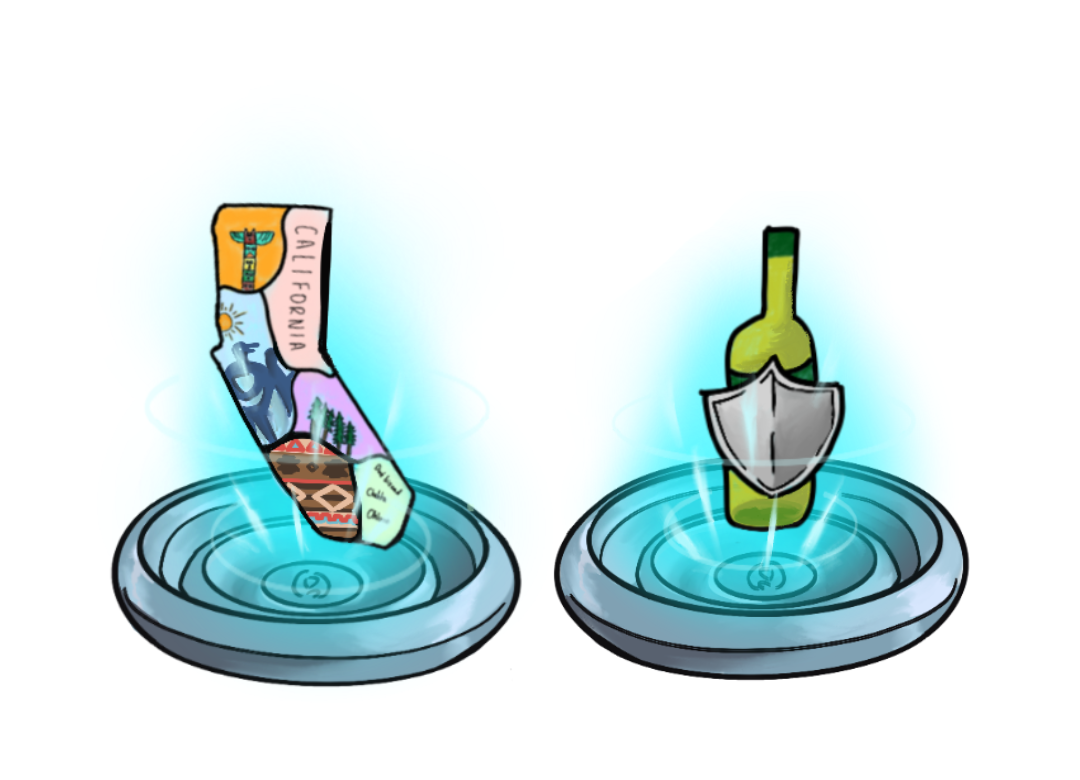Written by Evalyn Li
On April 18 the Palo Alto City Council adopted the goal of an 80 percent reduction in greenhouse gas emissions by 2030 as a part of its Sustainability and Climate Action Plan.
Mayor Patrick Burt said that further details of the plan will be discussed in future City Council meetings. As for progress, the city has currently reached 36 percent greenhouse gas reduction from 1990, an accepted point of reference.
The city started updating the Sustainability and Climate Action Plan two years ago. Burt says the plan is a set of dynamic documents that need to be constantly adapted and refined.
“The criticality of taking strong action towards climate protection actions is becoming greater and greater,” he said. “The reason for Palo Alto to take these actions is because many cities around the world look toward the few cities who have adopted aggressive plans and made strong achievements in fulfilling those plans.”
Palo Alto schools are also making a stronger commitment to the ongoing goal of sustainability. District Energy Specialist Rebecca Navarro works on all school sites to help reduce the district’s overall consumption of the three main utilities: electricity, natural gas and water.
Navarro works on a mostly no capital investment program. “We’re not spending money to save money, we’re just trying to find places where we can cut out waste or change our behaviors around usage of utilities,” she said. As one of Palo Alto’s largest utilities consumers, the district works closely with the city and maintains frequent communication with them. “They [the city] are really good about having a lot of rebates and incentives to offer us in terms of things we use that are actually capital investments like shifting from the lights we have now to LED lights,” she said.
Improvement and reduction of energy waste for the school district also stems from partnerships with
external resources. “Cenergistic is a consulting group that we entered a partnership with five years ago and they gave tons of support,” Navarro said. “We paid them for four years for their consulting with the savings we generated from the avoided utility spending and now we have their services for free for life as long as we do a few basic stipulations.”
For high schools, athletic fields and swimming pools require a large amount of water and natural gas to maintain. Navarro says that in many cases, students should take ownership of situations such as the facilities they use and even the common areas where they eat lunch, which are locations that often produce the most waste.
In light of the adoption of the 80 percent greenhouse gas reduction by 2030, Navarro foresees not only the use of no capital investment methods to reduce waste of utilities but also the identification of the efficiencies in areas of capital investment. So far, the schools have made efforts toward energy efficiency, water conservation and are now looking toward increasing use of solar power.
One change in school life from 10 to 15 years ago is the number of students who walk, bike and carpool to school. “One of the most significant programs for schools is the Safe Routes to School program started 15 to 20 years ago by the city and community volunteers,” Burt said. “A drastic difference from 15 years ago is that now 45 percent of middle and high schoolers bike and another 10 percent walk to school.”
Safe Routes to School teaches students to take safety precautions when they are going to school and establishes safe routes for biking and walking in Palo Alto. According to Burt, the program reduces 6,000 automobile rides daily and one million annually.
Northern California Director of the Cool City Challenge Sandra Slater, who was a Palo Alto parent around the time when the Safety Routes to School program was founded, has seen firsthand how students have made the transition from driving to biking and walking to school. “Imagine if we were doing that on a lot of different levels,” she said.
The Cool City Challenge is a city-endorsed program that aims for a minimum of 25 percent carbon reduction with at least 25 percent resident participation. After a few years of preparation, the first training event, called Cool Block Pilot, took place on May 14. The pilot started with around 10 people who would go back to their own neighborhoods to form teams of five to eight households that work together to reduce their carbon footprint.
The Cool City Challenge is between Palo Alto, Los Angeles and San Francisco. Slater says Palo Alto is included because it is on the forefront of environmental innovation and has complete carbon neutral utilities.
Slater says the best way to change behavior is by modeling behavior. “A lot of what the Cool City Challenge [is] is not only about carbon reduction, it’s about being able to connect with your neighbors on your block in a more meaningful and effective way so you can start sharing and lending things such as an electrical drill,” she said. “I used mine probably once in the last 10 years—so do I really need to own it?”
The Cool City Challenge program also educates residents on disaster preparation in times of emergency. “What we’re trying to do is connect people on their blocks with their neighbors so that they can feel safer and more resilient,” Slater said.
Slater says there needs to be a whole system approach to the problem. “[The citizens] are the choice-makers,” she said. “When you have a citizenry that is engaged and understands the severity of the problem and knows their part in being able to help the solution, you become in partnership with government, in partnership with technology and in partnership with business.”
With the adoption of a goal that is ambitious compared to the state-wide goal which calls for the same amount of reduction 20 years later than Palo Alto’s city-wide goal, Burt attributes the 2015 Climate Change Conference (COP21) in Paris to adding to the momentum in Palo Alto. “The movement of local governments that we were already taking a part in was part of what made the agreement at COP21 happen. “We were part of a feedback loop that is now inspiring our community to continue our aggressive goal of 80 percent greenhouse gas reductions by 2030,” he said. “Making our commitment is the beginning, not the end. We now need to act.”




